The combined contraceptive pill
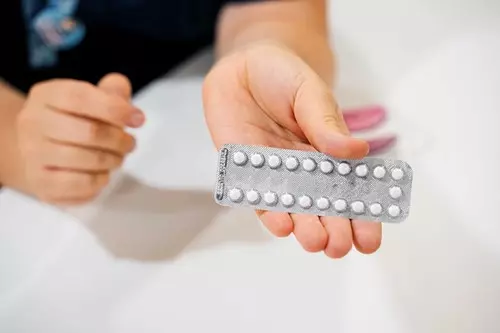
The combined pill
There are two types of contraceptive pill: the combined pill, and the progestogen-only pill, also known as the ‘mini pill’. The combined pill is a daily tablet that contains two hormones: progestogen and oestrogen.
The hormones prevent an egg from being released by the ovaries each month and make it harder for sperm to get into the uterus (womb). The pill needs to be taken once a day for three weeks and then you can have a week’s break to have a monthly bleed, or you can continue to take the pill every day to avoid having a monthly bleed.
Video – The combined pill
Would you like to find out everything you need to know about the combined pill? We’ve created this short explainer video, filled with information about the combined pill including:
– What it is
– How effective it is in protecting against pregnancy
– Advantages
– Disadvantages
– Risks
In your first appointment with a doctor or clinician, you will discuss a range of contraceptive methods to find the one that suits you. Often, you will talk about your lifestyle, preferences, needs and medical history, and the clinician will assess the risks and benefits of contraceptive methods for the individual, considering all alternatives.
When taking your first pill, choose a convenient time to take it. This can be any time of the day. Once you’ve chosen a time you must then take one pill at this same time every day.
Users of the combined pill have the option to have a period, or to skip or shorten their period. It is not dangerous to skip your period by taking combined methods of contraception like the combined pill continuously, without taking a break. To skip your period, continue to take the next pack of pills when you finish your current pack. Taking the combined pill in this way can also help if you usually experience unpleasant side effects during your break.
Whilst it isn’t medically necessary to have a break, taking this method continuously does mean that you have less control over when you have a bleed (you may occasionally still have a bleed, but won’t necessarily know when to expect this).
If you’d prefer to have more control over when you have a bleed, there are other ways of taking the combined available – for example, you could take the pill continuously for 9 weeks (using 3 packets of 21 pills) and then have a break for 4 or 7 days (this is called tricycling).
If you do not have a routine and think you will not be able to take a pill at the same time each day, the combined pill may not be the right method for you, and you may wish to consider a LARC (Long-Acting Reversible Contraception) method or a different short-acting method like the patch.
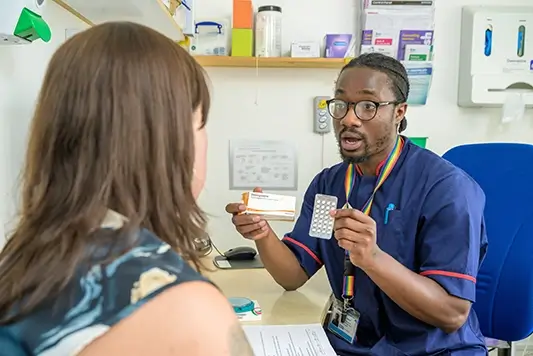
Effectiveness of the combined pill
The pill works well at preventing pregnancy. However, its ability to stop a pregnancy largely depends on a person using it properly.
Perfect use: more than 99% effective. Fewer than 1 in 100 people will get pregnant in a year when using the combined pill correctly.
Typical use: around 91% effective. Around 9 in 100 people using the combined pill will get pregnant in a year.
The combined pill and your period
One advantage of using the combined pill is that it can make your periods regular, lighter and less painful.
The combined pill also gives you more control over your periods: you can choose not to have a period (by continuing to take the pill without a seven-day break), or to delay your period. It is not dangerous to do this, as it is not medically necessary to have a break when using contraception.
However, taking the combined pill continuously does mean that you have less control over when you have a bleed (you may occasionally still have a bleed, but won’t necessarily know when to expect this).
If you’d prefer to have more control over when you have a bleed, there are other ways of taking combined methods available – for example, you could use the pill, patch or ring continuously for 9 weeks (using 3 packets of 21 pills, 3 rings or 9 patches) and then have a break for 4 or 7 days (this is called tricycling).
How long does the combined pill take to work?
If you start to take the combined pill during the first five days of your period, you will be protected against pregnancy immediately.
If you start to take the combined pill on any other day, you will not be protected against pregnancy until you’ve taken the pill for seven days.
Advantages, disadvantages and risks associated with the combined pill
What to do if you miss a combined pill
What to do if you miss a pill depends largely on how many pills you have missed, when you missed your pill, and the type of combined pill you’re taking.
If you have missed one pill or started a new pack one day late, you are still protected against pregnancy. You should take the last pill you missed now (even if this means taking two pills in one day), and carry on taking the rest of the pack as normal.
If you have missed two or more pills, you may not be protected against pregnancy. What you need to do next depends on how far into the pack you are. Visit the NHS website for detailed guidance on what to do if you have missed two or more pills: What should I do if I miss a pill (combined pill)?
Where can I get the combined pill?
In the UK, you can get the combined pill for free from sexual health clinics, some GP surgeries, and some young people’s services.
At MSI UK, we primarily offer contraception services as part of your abortion care. We also offer contraception services in some parts of England for people who have not accessed our abortion services. From these clinics, people can access LARC (Long-Acting Reversible Contraception, such as the coils, the implant and the injection) with us without having had an abortion.
Follow the link to find out more: MSI UK Contraception Clinics
Learn more about contraception
Visit the pages below to find a comparison tool to help you find the right method for you, and to learn more about short-acting and long-acting reversible contraception.
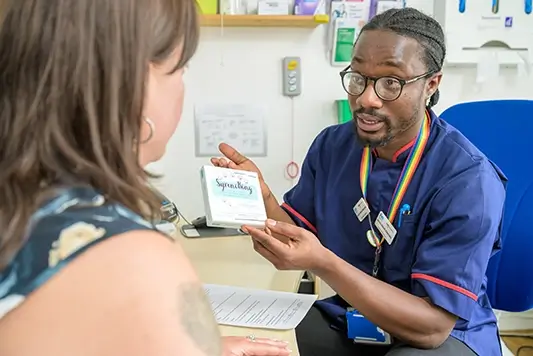
Which method is right for me?
Find a contraception comparison tool that can help you find the right method for you.
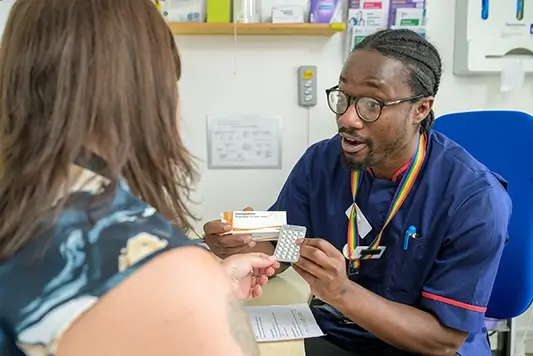
Short-acting contraception
Short-acting methods include the contraceptive pill, patch and ring.
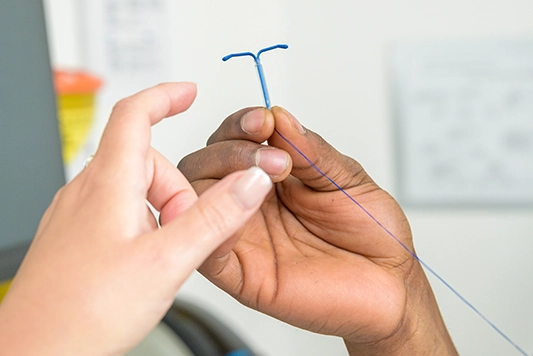
Long-acting contraception
Long-acting contraceptive methods include the coils, the injection and the implant.








































